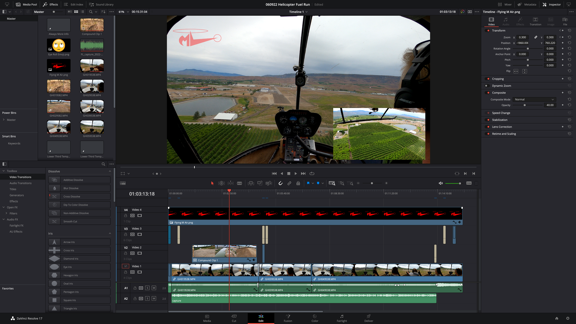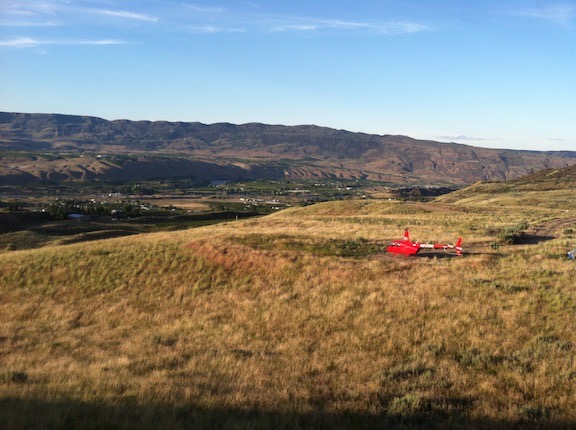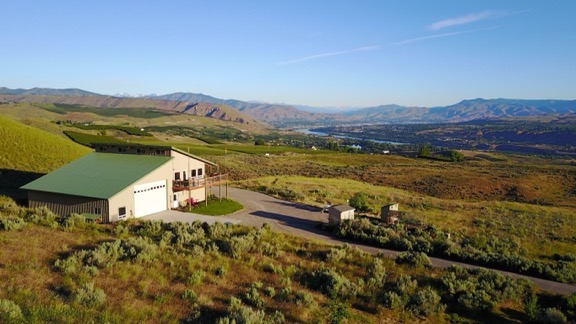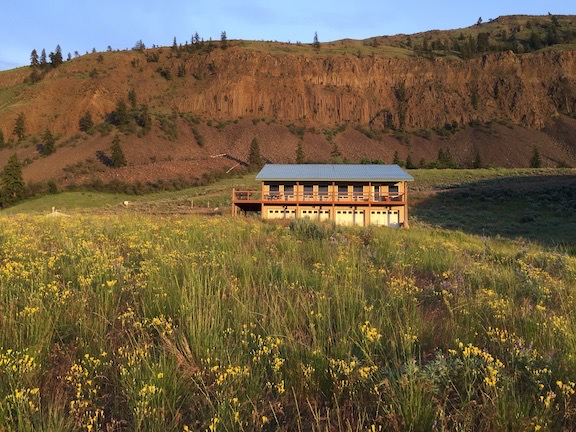Simply said: I’m a perfectionist.
Back on May 6, I captured some footage to make a new video for the FlyingMAir YouTube channel. Although I sat down once to get it ready for publication, that didn’t happen that day. Instead, it took me until June 2 to get the job done. I began writing this that day as the files I’d put on YouTube were rendering.
Why does it take me so long? Why do I hate editing video so much?
A note about those video and audio sources…I primarily use GoPro cameras, which are horrible in terms of reliability. If you’ve watched enough of my videos, you’ve likely seen ones where the audio or video cut out, usually because one camera just decided to stop working. External power is a must — battery life on those cameras is pitiful. I cannot monitor the cameras in flight — I got into enough trouble with distracted flying a few years ago to have learned my lesson. So I check before takeoff, keep my fingers mentally crossed throughout the flight, and check again on landing. And then hope the picture was in focus, the camera was pointed correctly, and the audio worked. I’ve been having so much trouble with my Hero 8 cameras recording cockpit audio lately that I actually record all cockpit audio on one of my old Hero 7s.
Of course, to get all of these cameras to give me useful video, they need to be mounted in a way that’s safe, secure, and doesn’t violate any FAA rules and regulations. It has taken me years to come up with the right solutions and I’m extremely protective of some of them. If you don’t see a specific camera setup in one of my videos, please don’t expect me to tell you about it.
The short answer is that I want to do the best job I possibly can. To that end, I often set up multiple cameras — I set up all four today — and audio sources. When I use those in a video together, they need to be synchronized. That means I’m usually working with at least 2 video tracks and 2 audio tracks.

With four cameras collecting footage, I have to copy data from four micro SD cards.
But before I can get those tracks into my video editing software, I have to get it off the cameras. I copy them from their micro SD cards directly to a hard disk where I store and archive video for the year. Each year’s hard disk is synchronized to a backup disk every time the master disk is modified. For a four-camera setup covering 30 to 60 minutes of flight time, that takes at least an hour. That’s when I start writing blog posts like this or doing other computer tasks. It’s pretty dull to just sit and watch progress dialogs.
Then I launch my video editing software, create a brand new document with the proper settings, and import the video files into it. I organize them into folders. Sometimes I change the file names. Then I start laying out the video and audio tracks and work on my least favorite task: synchronization. I know my software can do this for me, but I haven’t been able to figure out how. And, at this point, I’m getting pretty good at doing it manually.
I lay out all the video and audio tracks.
Sometimes I get fancy and I zoom in or out on certain video tracks. Or hide and display tracks.
I add titles and title music. I also add comments about what’s onscreen or what I just said.
I modify audio volume levels. When I remember to do it — and how to do it — I turn the single-channel cockpit audio track into a mono track so it doesn’t just play in one ear. (You’d be amazed how many people notice and complain about that.)

Here’s the DaVinci Resolve interface showing my most recently completed video. There’s a ton of power in this free software; I recommend it if you’re serious about video editing but have a budget.
I do the best job I can with the footage I have. I am a perfectionist and achieving perfection is both tedious and time-consuming.
And did I mention that I make two versions of every new video I create? There’s the standard 1080p version for channel viewers (including regular subscribers) and the 4k version, often with additional footage, for channel members and Patreon patrons — the folks who generously contribute real money to the channel to help make it a tiny bit more affordable to make additional flights (and videos) when I don’t have a client picking up the tab.
When I make these videos, I use DaVinci Resolve video editing software, which is literally powerful enough to edit for television and the movies. I do that on a 5 year old — already! — 27 inch MacBook Pro with a second monitor to prevent the need to switch from one app to another on a single screen. It’s complex software and it won’t run on my MacBook Air so the only way I can get the kind of finished product I need — being a perfectionist — is to do my editing in my home office. And that computer is slow. So slow that I’m starting to think I need a new computer just to save my sanity.
During my flying season — which is basically the summer — I try to do this every week. I don’t usually succeed. This year I’m doing pretty well — so far.
I’m motivated by viewer responses to my videos. Thumbs up, comments, new subscribers, new channel member and Patreon patrons. The better a video does, the more motivated I am to make the next one. This season I’ll be collecting a lot of video; the helicopter is leased and I’m required to fly at least 10 hours a month. While I could hope and dream about doing that over cherry trees — where I’m compensated for flying — I’m not fooling myself. I’ll be doing a lot of solo sightseeing tours to gather new footage for my channel.
Let’s see how I do for the rest of the season. If I skip a Sunday release — well, you’ll know why.






